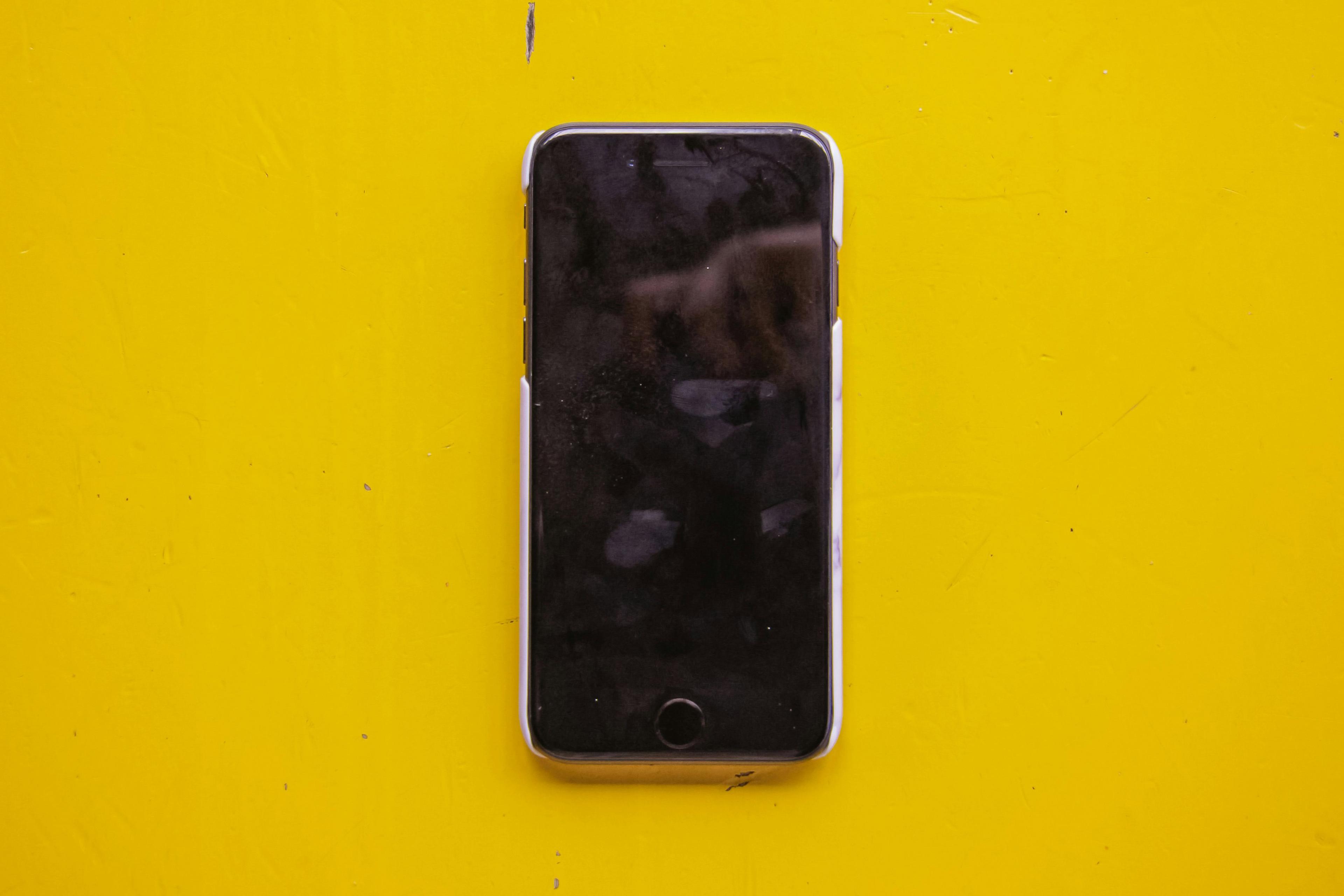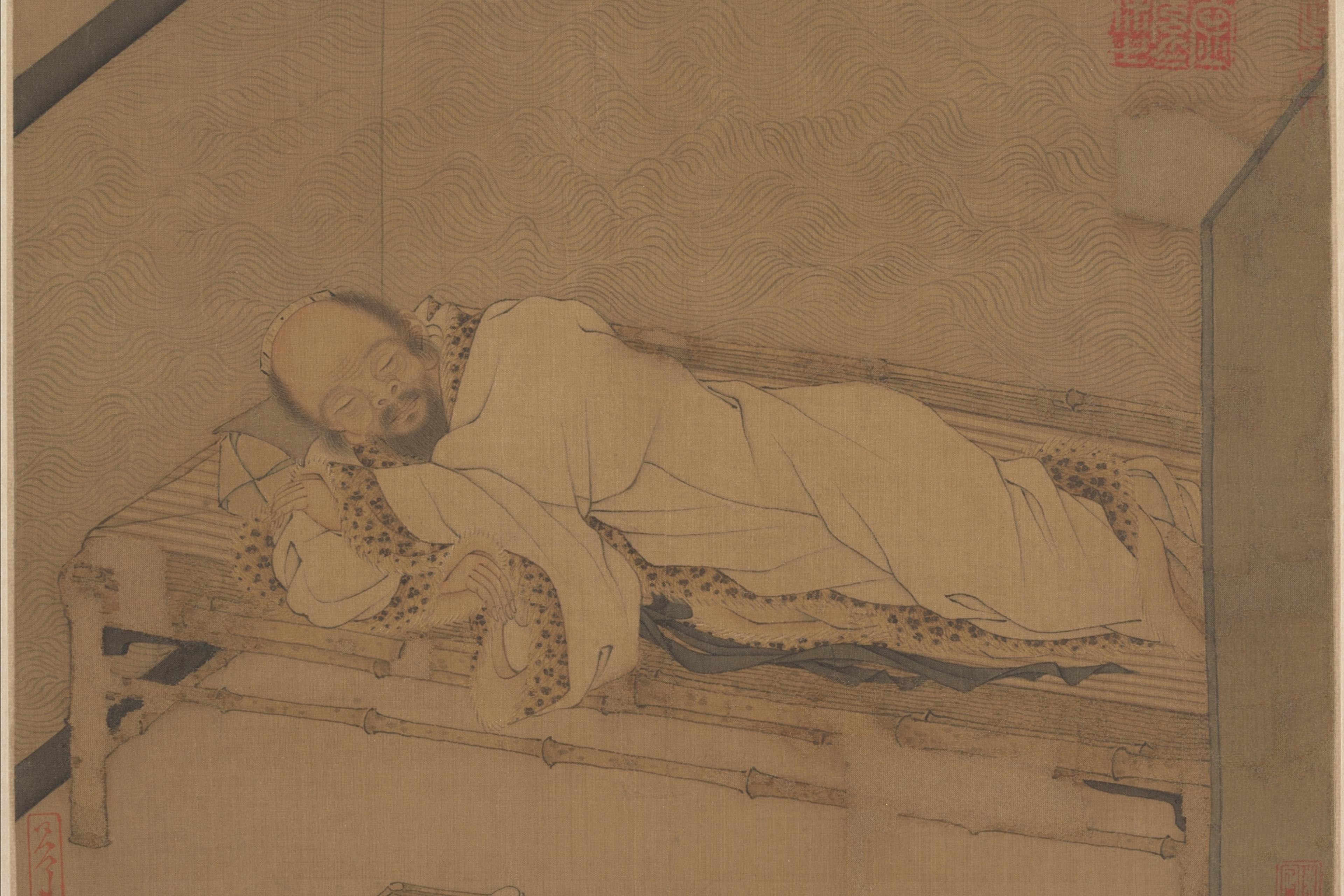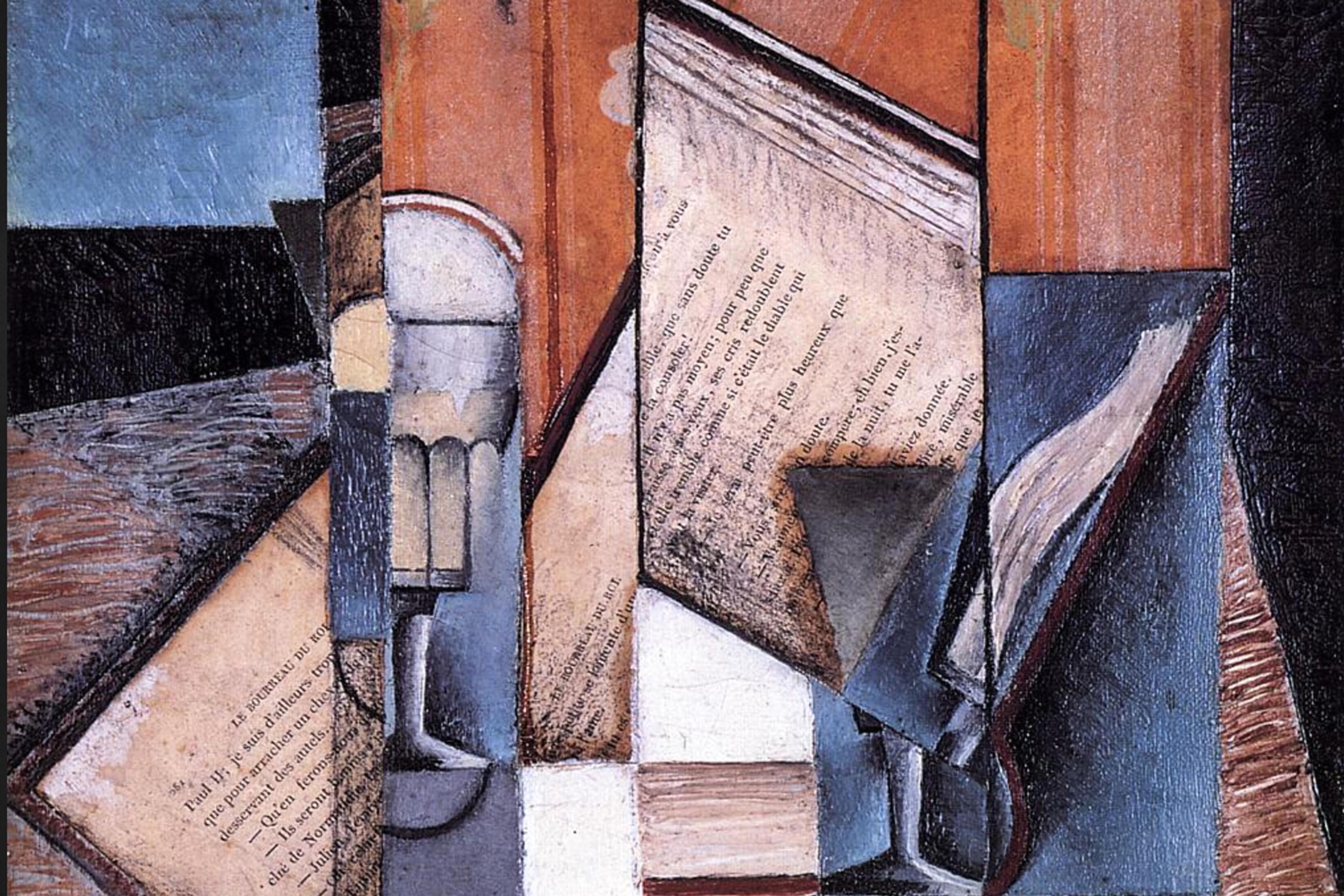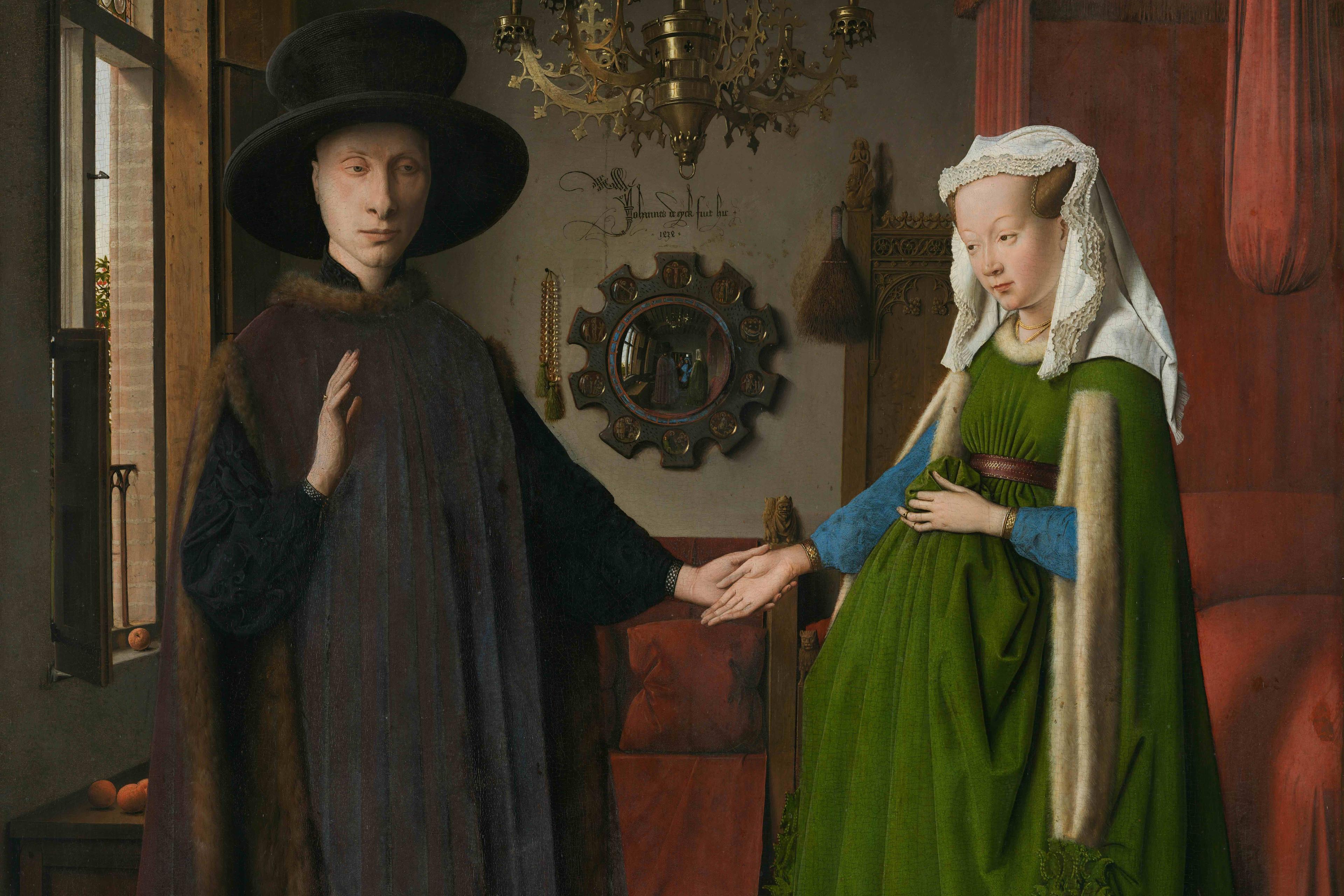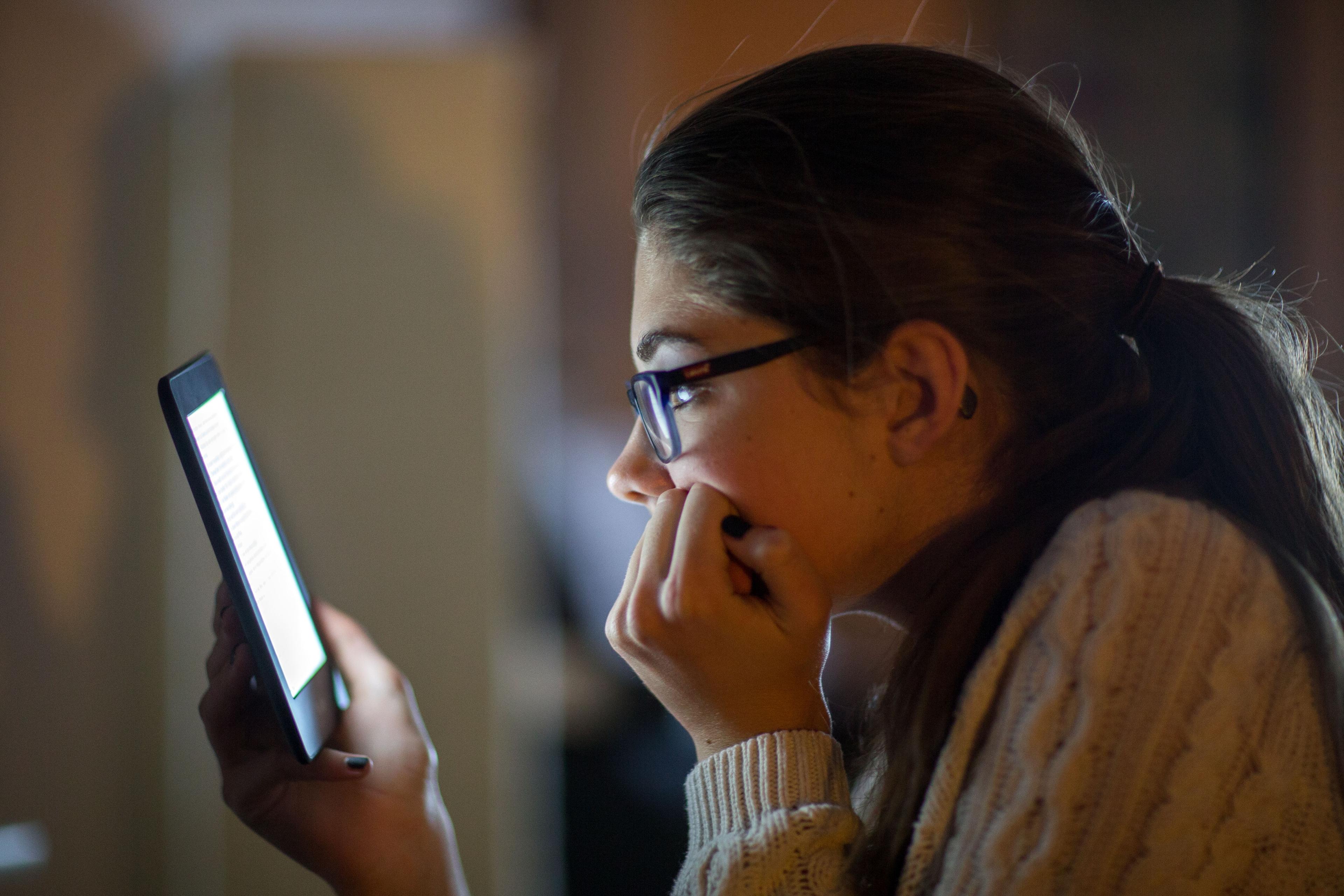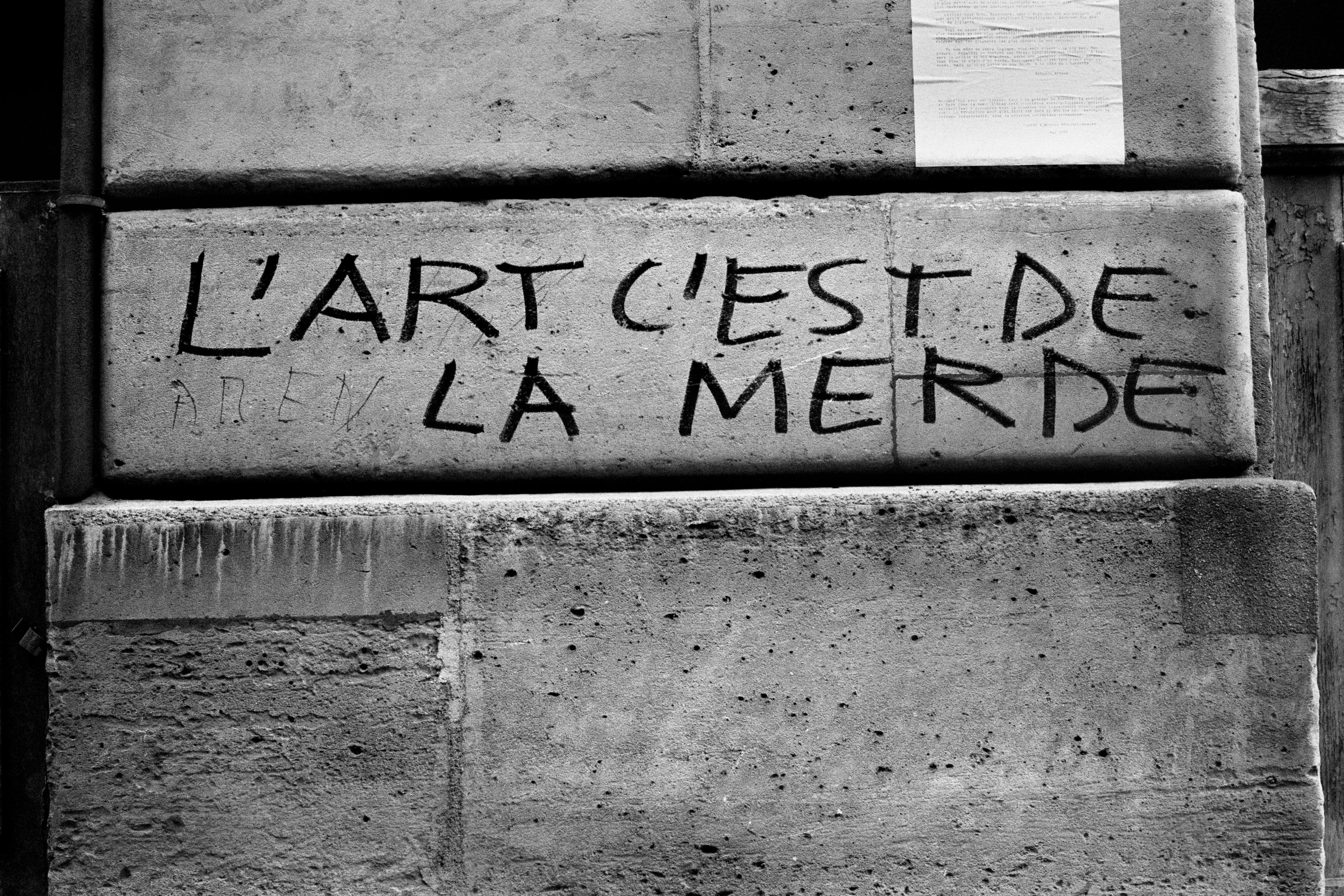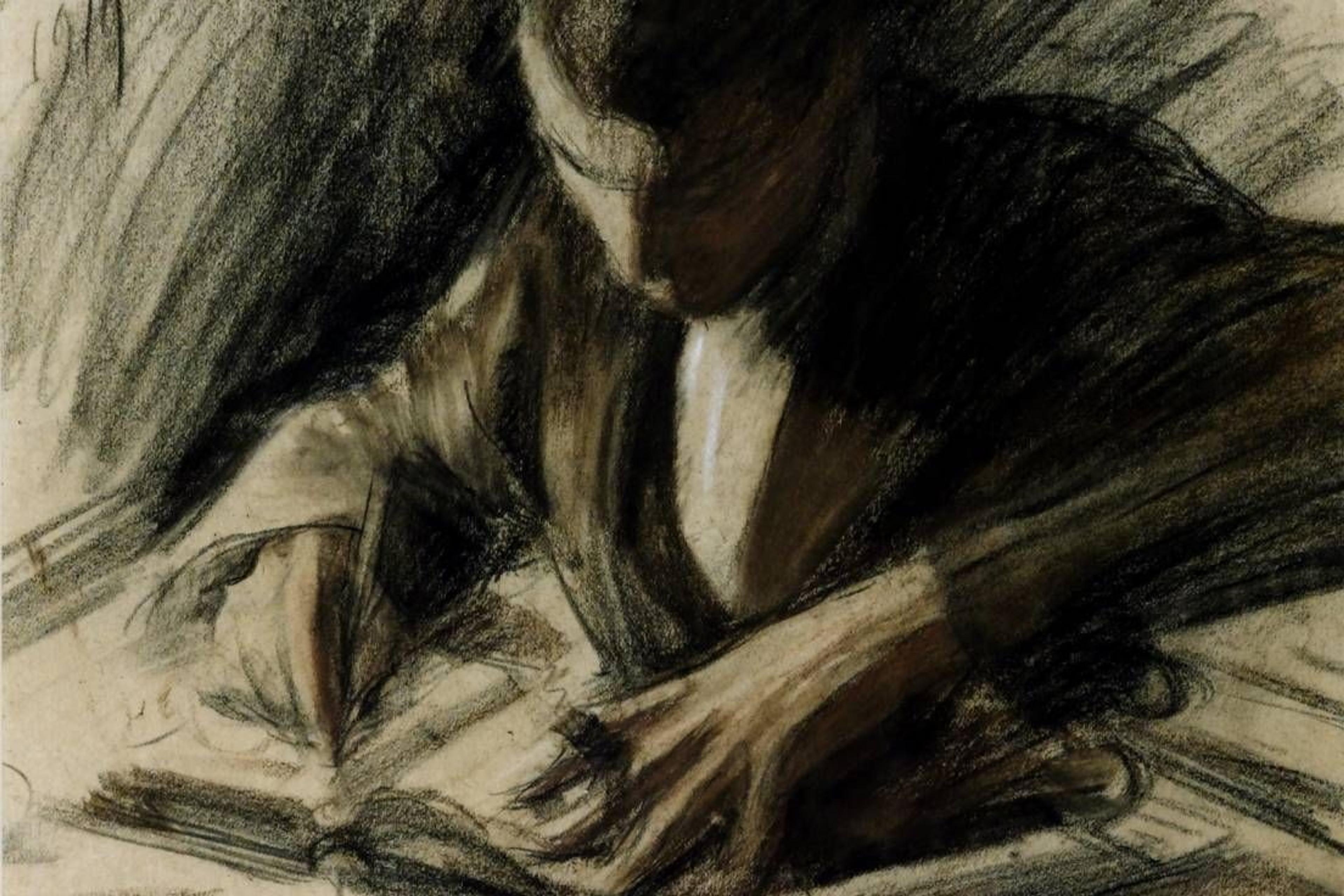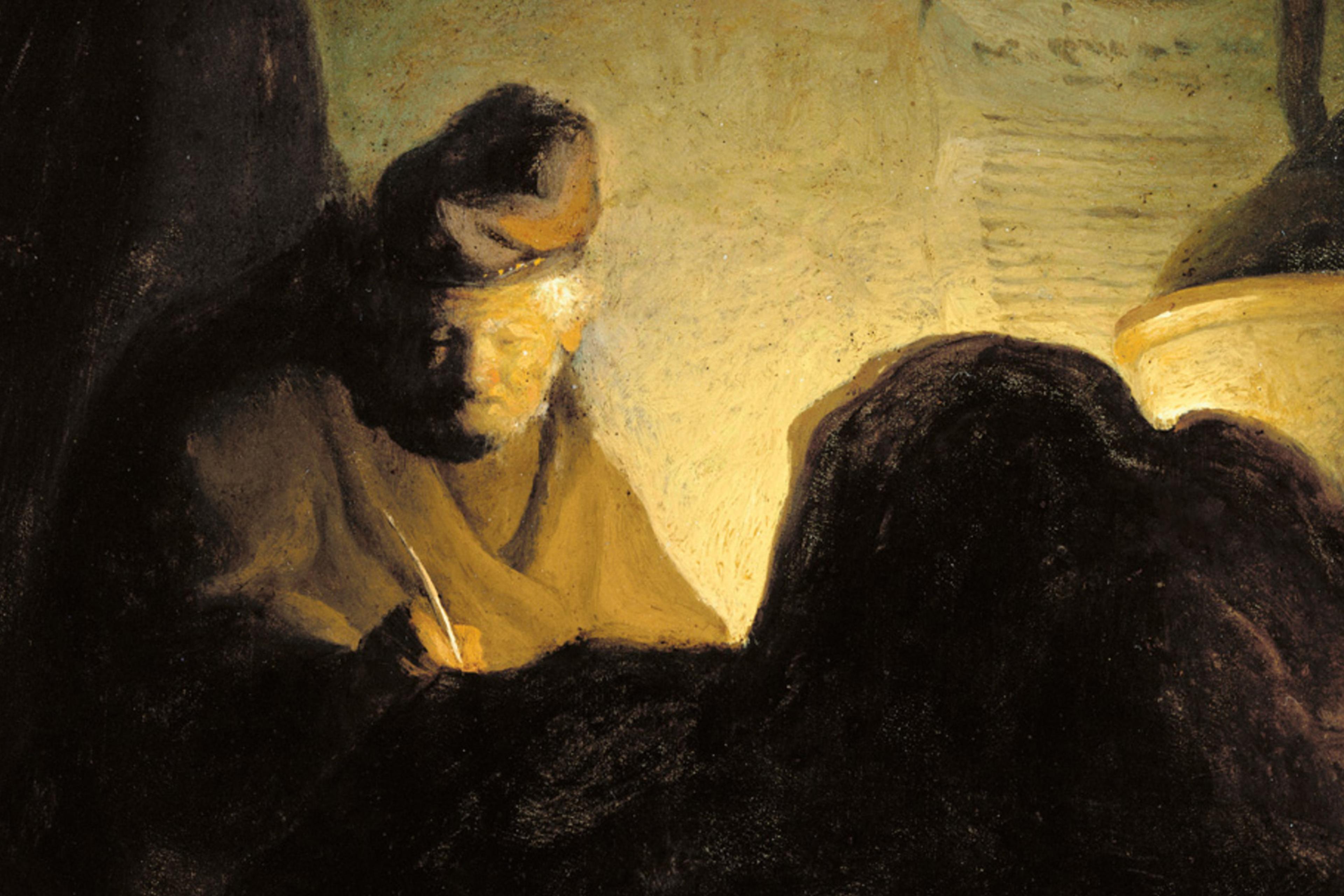As you read, do you scribble around the edges? Over the years, writers have sworn by the practice. Edgar Allan Poe once wrote: ‘In getting my books, I have been always solicitous of an ample margin … for the facility it affords me of pencilling suggested thoughts, agreements and differences of opinion …’
I tend to make notes digitally nowadays. And if I include magazines and newspapers, most of my reading is online, where I probably could annotate with the right software, but can hardly doodle. That’s a shame. Apart from the fact that annotating boosts recall, we’d lose something if freeform margin-writing faded away. One of the meanings of ‘marginalia’ is ‘non-essential’, yet it’s anything but.
For one thing, scribbled-upon books have helped reveal the web of influences between writers and thinkers. Herman Melville’s annotated copy of John Milton’s Paradise Lost shows how it fed into Moby-Dick. And Charles Darwin’s comments in his books – from Charles Lyell’s Principles of Geology to his grandfather Erasmus Darwin’s The Temple of Nature – inform how they shaped his theory.
Marginalia can reveal everyday insights too. Historians occasionally find scrawls in manuscripts that speak of long-dead readers’ lives. A recent exhibition in Dublin features scriptures doodled on by medieval Irish monks. One described feeling ‘ale-killed’ (hungover); another complained about his materials (‘New parchment, bad ink. O I say nothing more’). Turns out nuns did similar. In 2022, researchers found surprisingly modern cartoons of people around the edges of an 8th-century Act of Apostles. A nun etched them, perhaps mischievously.
Reading about these examples made me think I should annotate more – not everything, but the writing I care about. Or perhaps I’ll take a leaf from a wholesome TikTok trend I discovered while writing this: gifting an annotated book. This 21st-century practice suggests digitalisation may not be annotation’s death knell after all. Poe might have approved.


